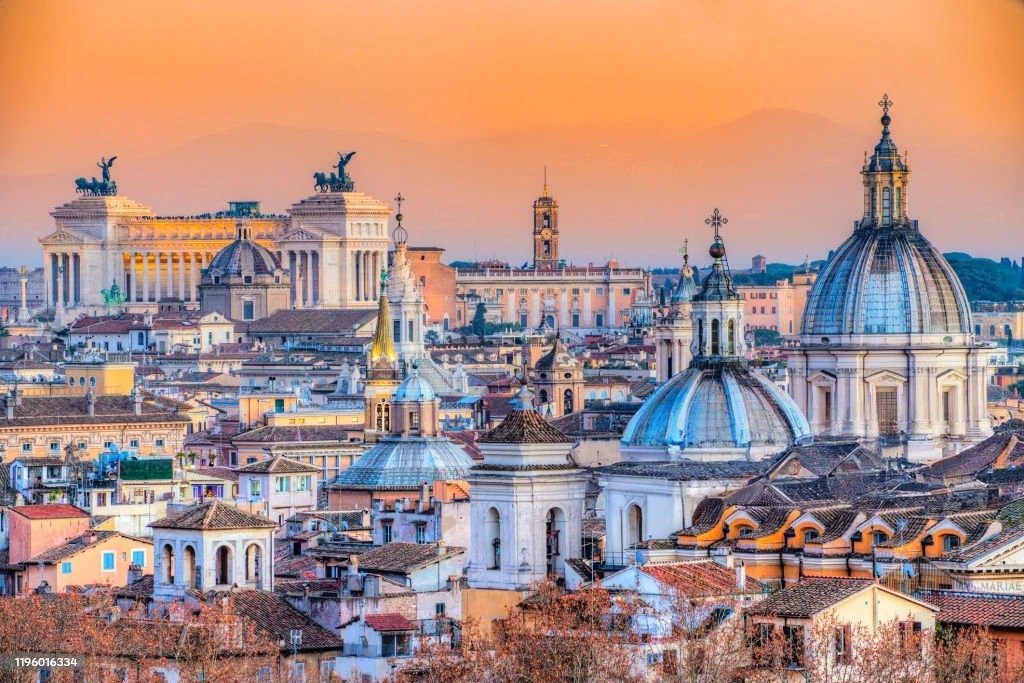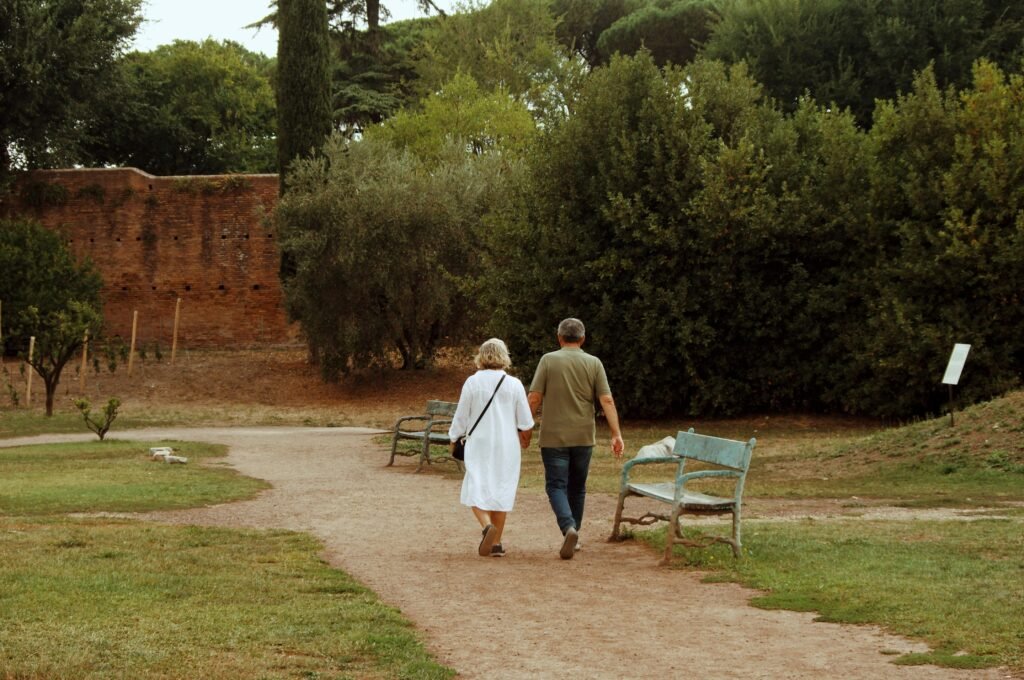When I wandered into a sun-drenched Florentine piazza for the first time, it wasn’t just the architecture of Florence, Italy, that took my breath away—it was the sense of belonging whispered by every facade. Italy doesn’t just build structures—it crafts stories in stone, brick, and light.
This blog is my journey through the world of Italian architecture, where Renaissance domes, Baroque facades, futurist angles, and quiet Tuscan villas all live in harmony.
Whether you’re curious about modern architecture in Rome, Italy, or the emotional language of a villa in Tuscany, this is where design meets destiny.
What Is Italian Architecture?
There is no single style to Italian architecture – it is the result of a centuries-long conversation between past and present. From ancient Roman ruins to contemporary Italian architecture, Italy has served as the architectural hub of Western civilization.
You might turn a corner in Venice and encounter Byzantine arches beside Gothic windows. In Milan, sleek skyscrapers rise alongside Neoclassical villas. The country’s structures breathe history, beauty, and regional pride.
To me, architecture in Italy is not just something to admire—it’s something to feel.
How Does Italy Architecture Differ from USA Architecture?
After living in Italy and the United States, I have come to view buildings as expressions of national identity. In the U.S., architecture often prioritizes efficiency, speed, and technological innovation. Clean lines. Quick builds.
But Italy’s architecture? It lingers. It tells you to slow down. Every structure—be it a crumbling Romanesque church or a sleek modern Italian home—is built with reverence.
In the U.S., homes may be constructed for function. In Italy, they’re designed to hold memories. That’s the magic.
The Timeless Grace of Italian Villa Style Architecture
I’ll never forget my first stay at a villa in Tuscany. There was no opulence—only elegance. The Italian villa architecture is rooted in balance. The architecture invites nature in as well as letting history breathe through the walls.
Italian villa architecture is characterized by the following elements:
- Terracotta roofs that have been warmed by the sun and time
- Loggias with arches that blur indoor/outdoor boundaries
- A calming, earthy stucco finish
- Symmetrical courtyards bathed in dappled light
- Iron balconies draped in the vine
You’ll find these homes in Umbria, Puglia, or the Tuscan hills, not only offering shelter but also serenity.
The Renaissance Rebirth: Precision Meets Poetry
Standing beneath the Duomo in Florence, I felt time stop. The architecture in the Italian Renaissance was not just a revival—it was a revelation.
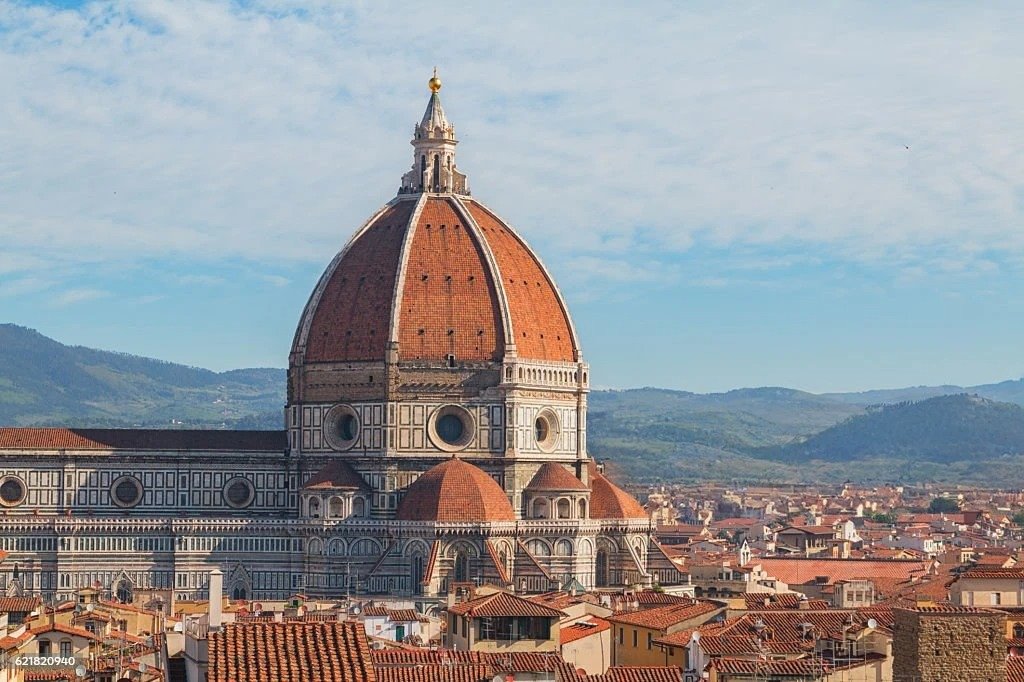
Renaissance Italian architecture drew inspiration from antiquity but grounded it in humanism. There was a strong emphasis on clarity, proportion, and meaning. You will recognize:
- Optical domes that reflect cosmic harmony
- Faithful and symmetrical facades
- Reimagined columns and arches from Rome
Whether it’s architecture in Renaissance Italy or Palladian villas dotting the Veneto, this era reshaped Western architecture forever. In addition to the stones, this legacy lives in the ideals these spaces were built to reflect: clarity, dignity, and human potential.
The Style Spectrum: Gothic Grandeur, Baroque Drama & Fascist Monumentality
No one dialect defines Italy’s architectural language. It has evolved over centuries of evolution of expression. Stone whispers in some styles; marble proclaims in others. The following are three distinct chapters that shaped the nation’s architectural voice:
1 – Italian Gothic Architecture
Is Italian architecture Gothic? Yes, but it’s uniquely Italian. While Northern European Gothic emphasizes towering verticals, Italian Gothic emphasizes balance, storytelling, and sculptural detail.
You’ll notice:
- Softer pointed arches
- Facades carved in colorful marble
- Deep narrative reliefs and biblical scenes
The Milan Cathedral, a forest of spires and symbolism, is Gothic Italy at its most majestic.
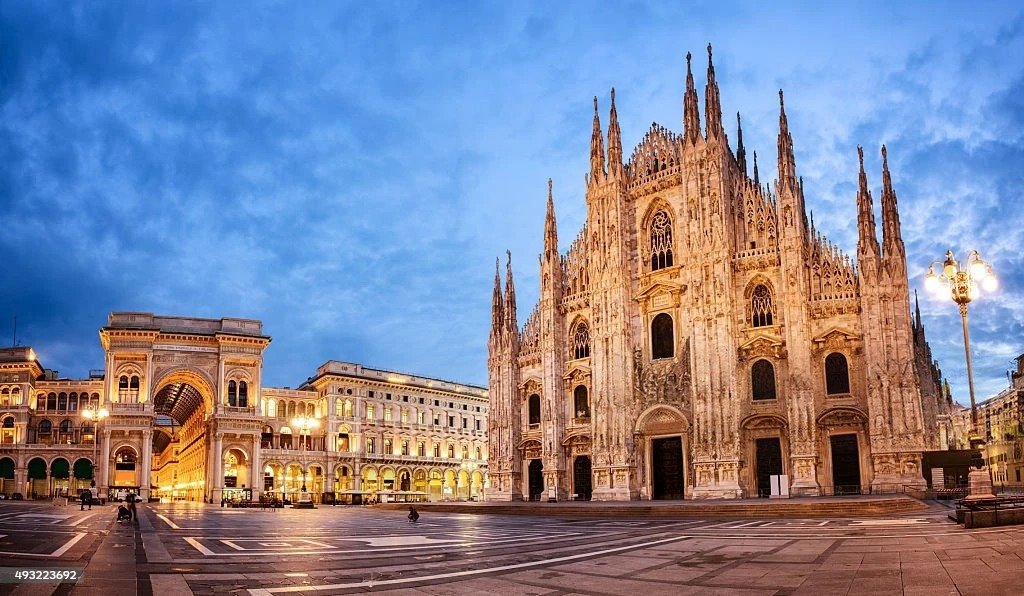
2 – Baroque Italian Architecture
Baroque erupted like theater in stone. In Rome and Naples, façades twisted with dynamism, interiors danced with gold and shadow.
Defining features:
- An illusionistic ceiling with fluid curves
- Dramatic staircases and spiral columns
- Excessive architecture designed to move the heart
3 – Italian Fascist Architecture
The 20th century introduced a stark departure: Fascist Italy architecture, stripped of sentiment but rich in symbolism.
Its visual code:
- Rationalist geometry
- Monumental scale
- Absence of ornament, presence of control
The EUR district in Rome remains the most striking example—architecture used as ideology, carved in concrete.
Modern and Contemporary Italian Architecture: Innovation Rooted in Identity
Why is Italy so good at design? Despite its roots, it knows how to evolve. In modern Italian art and architecture, history is not erased but expanded.
In Milan, modernity meets ecology with Bosco Verticale—a vertical forest of glass and greenery redefining sustainability in urban living. As well as being futuristic, its design is philosophical – a response to density and disconnection.
In Rome, the MAXXI Museum, designed by Zaha Hadid, challenges classical rigidity with fluid geometry and sinuous lines, opening up a new era in spatial narrative.
At the same time, early 20th-century Italian futurist architecture emphasized speed, steel, and abstraction. It wasn’t about preserving the past—it was about propelling toward the machine age.
Key themes of contemporary Italian architecture:
- Integration of sustainability and style
- Dialogues between old foundations and new forms
- Radical experimentation rooted in regional character
Regional Charm: A Tapestry of Italian Architecture
What city in Italy has the best architecture? That depends on what story you want to hear. Every Italian city has a different voice, and that’s what makes the country so extraordinary.
For example, in rural Roman contexts like Capo Due Rami, typological studies reveal that building forms evolved organically—shaped by landscape, agricultural needs, and environmental adaptation. These vernacular designs, rooted in function and context, are what give Italian rural homes their enduring charm and soul.
Florence
A living classroom of Renaissance temple symmetry—domes, cloisters, and palazzos where proportion is poetry.
Venice
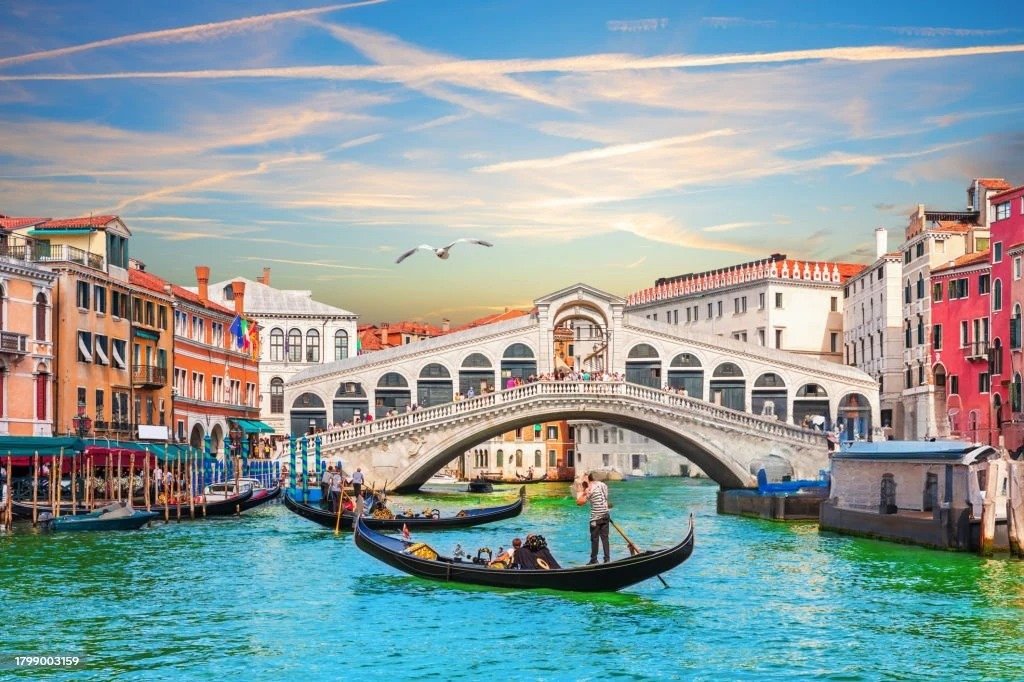
A floating gallery of Byzantine‑Gothic palazzi, where façades emerge from water, reflecting centuries of trade and artistry.
Milan
Where Neoclassical grandeur rubs shoulders with sleek transparency, stone mansions anchor modern glass towers.
Naples
A vivid mosaic of Baroque exuberance, narrow lanes, and façades painted in the fervor of local life.
Verona
A graceful fusion of medieval arches and the enduring majesty of a Roman amphitheater under the Veneto sun.
Puglia
Whisper‑quiet villages of whitewashed trulli and soft limestone, grounded in rural simplicity.
Tuscany
A gently rolling canvas dotted with earth‑toned villas and Romanesque churches, where structure and landscape coalesce.
Rome
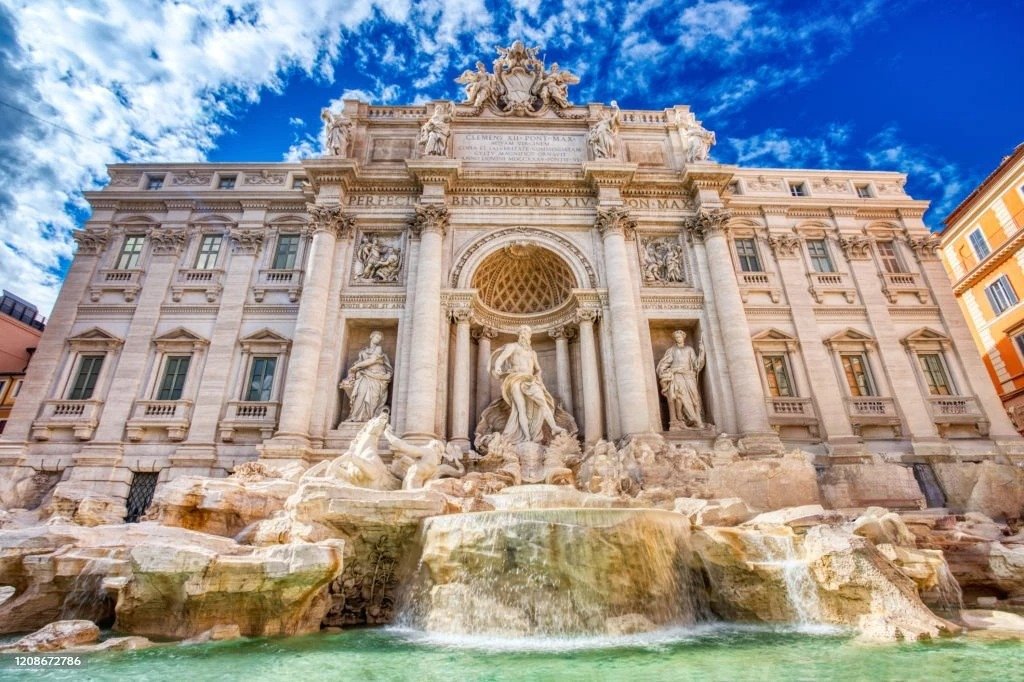
History is written in layers—from imperial pillars to medieval chapels and Renaissance academies to 21st-century interventions.
Each locale tells its own architectural story—and for me, every visit is a new chapter worth listening to with open eyes.
Italian Architecture Through the Seasons: Light, Shadow, and Color
Italy’s architecture truly comes alive when you consider the seasons. In spring, sunlight bathes Tuscan villas and Venetian palazzi in a soft, golden glow. Summer exaggerates shadows on Baroque facades, emphasizing depth and drama. Autumn wraps Roman ruins in warm amber tones, highlighting textures, while winter’s muted light transforms Gothic spires and Renaissance domes into poetic silhouettes.
Traveling with the seasons in mind allows you to experience Italy’s architecture not just as static structures but as living, breathing art—each day and each month offering a new perspective and emotional resonance.
Inside the Italian Home: Where Craft Meets Continuity
Step beyond the ornate exteriors, and Italian homes reveal their truest voice—one of warmth, craftsmanship, and quiet elegance. Interiors like these aren’t simply furnished; they are composed over generations, with each element reflecting regional heritage and tactile history.
An interior’s core characteristics include:
- Biblical stories and family mythologies whisper from frescoed walls
- Exposed wooden beams that exude rustic charm
- Fireplaces that are both sculptural hearths and evening sanctuaries
- Open-air areas are warmed by terracotta floors and tiled courtyards
- Hand-forged ironwork and artisanal door handles—details to treasure
There is more to these homes than aesthetics—they are spaces designed to age gracefully, echoing the Italian philosophy that beauty lies in the everyday.
Famous Architects and Firms in Italy
Italy’s architectural brilliance was born of hands and minds that dreamed beyond it. Whether it’s the harmonic genius of Andrea Palladio or the structural daring of Brunelleschi, Italy’s architectural legacy is inseparable from its architects. It was not just buildings that were designed by these masters, but philosophies as well.
Throughout the modern age, acclaimed Italian architects continue to reinterpret heritage with innovation:
Renzo Piano: It is one of the leading architects in the world who integrates transparency and technology with cultural sensitivity.
Mario Cucinella: An innovator in sustainable design, combining ecology with poetic minimalism.
Massimiliano and Doriana Fuksas (Studio Fuksas): They are known for their strong geometries and dynamic forms that challenge urban norms.
Those who wish to contribute to this tradition can find more than inspiration in Italy-it offers education at its source. Global architectural institutions, such as Politecnico di Milano, Sapienza University of Rome, and IUAV Venice, offer rigorous programs in English that combine design theory, historical background, and contemporary applications.
Final Words
To me, Italian architecture isn’t about style—it’s about spirit. A Romanesque chapel may look simple, but it holds centuries. A villa in Umbria may seem modest, but it sings of balance.
So why is Italy famous for its architecture? Because it speaks to who we are—and who we aspire to be. Not just efficient. Not just new. But meaningful.
If you ever walk through Rome or sketch the curve of a Venetian balcony, I hope you feel it too. The Italian concept of architecture extends beyond design. It’s destiny.
Frequently Asked Questions
What is Italian architecture called?
The Italian architectural style consists of a blend of historical styles, such as the Roman, Renaissance, and Baroque, as well as contemporary forms influenced by tradition and regional identity.
What is German architecture called?
German architecture includes Romanesque, Gothic, Bauhaus, and modern styles, with Bauhaus having the most international recognition from Germany.
What is Italian culture known for?
Italian culture is renowned for its art, architecture, fashion, cuisine, family values, and contributions to Western civilization.
Which country is famous for its architecture?
Architecture in Italy is regarded as the best in the world due to its rich history, diversity of styles, and global influence.
What are the elements of Italian architecture?
The key elements of architecture include arches, columns, frescoes, terracotta tiles, symmetry, natural materials, and indoor-outdoor living.
What is the Italian style of design?
In Italian design, timeless elegance, natural materials, balance, and artisanal craftsmanship are emphasized, as is a strong connection between form, function, and emotion.
Who is the most famous architect in Italy?
There are many notable architects in Italy, including Andrea Palladio, Renzo Piano, and Mario Cucinella.
Where is the world’s greatest architecture?
In Italy, you will find some of the world’s greatest architecture – from ancient Rome to Renaissance Florence to modern Milan.
What is the best architecture in Italy?
There are many beautiful buildings in Italy, including the Colosseum, Florence’s Duomo, Venice’s palaces, and Rome’s layered historical and modern structures.
What are the key features of Italian architecture?
Key features include symmetry, arches, domes, frescoes, terracotta, classical proportions, and a strong emphasis on harmony with surroundings.


